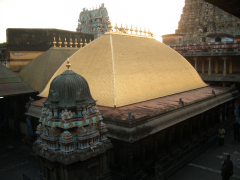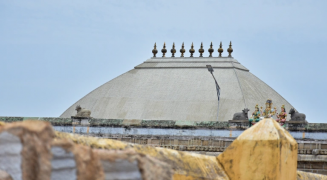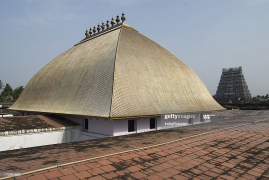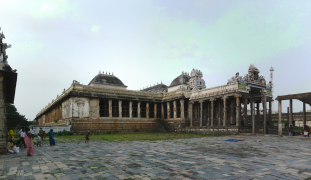Houses of the Hindu Parliament
Jump to navigation
Jump to search
A Brief Introduction to the Houses of the Hindu Parliament
The original parliament system as per the Cosmic Constitution of Hinduism was revealed in the Treaties of the Nataraja Sabha within the Nataraja Temple in Chidambaram. This South Indian temple remains as the only surviving ancient Hindu parliament hall till date, consisting of five halls - Chit Sabha, Raja Sabha, Deva Sabha, Kanaka Sabha and Nritta Sabha - that together constituted the ancient Hindu Parliament. This system is neither unique to the Pandya Kingdom nor to the Chidambaram Nataraja Temple alone.
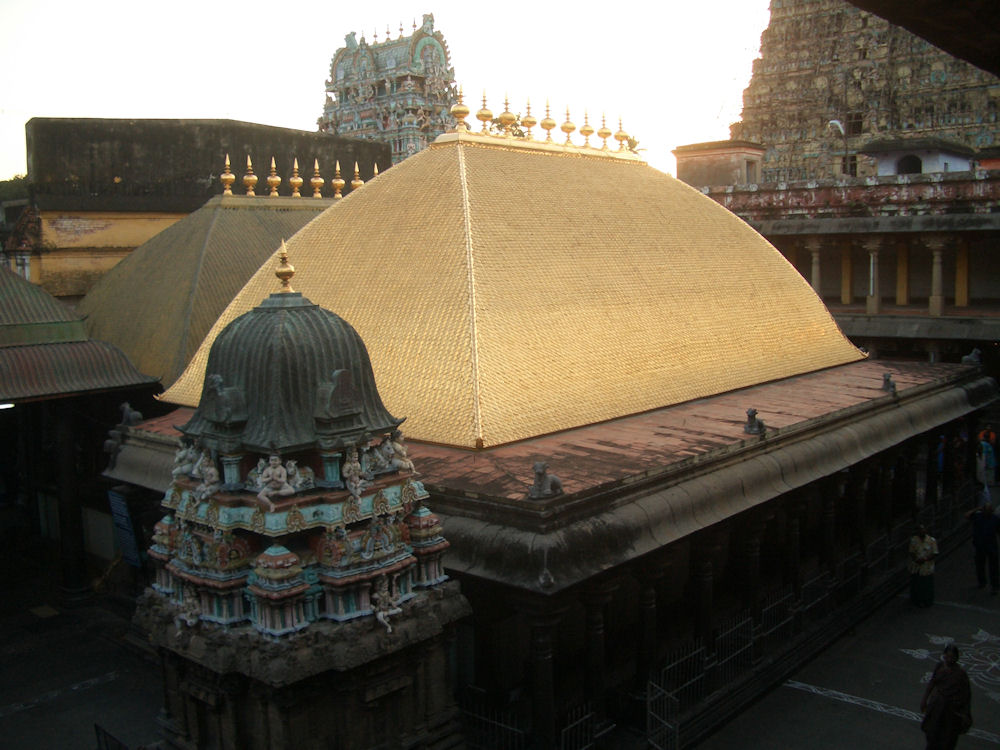
Kumbh Mela - the largest congregation of various Hindu Parliaments
Each Hindu Kingdom had its own Hindu Parliament. The jurisdiction of the respective Hindu Parliament was unique to the Hindu nation and the tradition they followed. For more than 10,000 years, all the 10,000 Sampradayas of Hinduism have been gathering triannually during the Kumbh Mela festival. Kumbh Mela is the largest peaceful gathering of mankind with hundreds of million Hindus in attendance. Representatives of various Hindu Parliaments gather from all around the world during the Kumbh Mela offering nonviolent discussions and debates that are transient in nature. The Parliament houses formed are decimated at the end of the Mela and not necessarily regrouped during the next Kumbh Mela.
